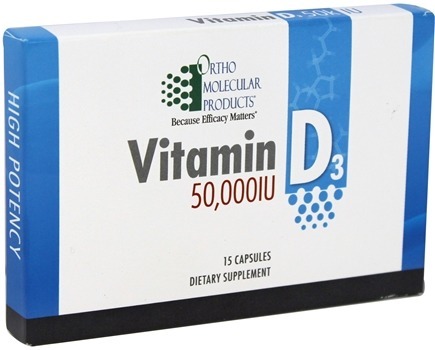A study from researchers at the Center for Disease Control and Prevention concluded that 14 to 18 percent of Americans have inadequate vitamin D levels. Other studies also show that vitamin D levels often plummet during the winter months in northern climates.
There aren’t many foods naturally high in vitamin D, and most of our body’s vitamin D is synthesized from direct exposure to sunlight. Unfortunately, for us in North-East Ohio, sunlight can be hard to find during the winter months.
Vitamin D Deficiency Issues
- Early-stage deficiency: Among the early signs of vitamin D deficiency are muscle pain, problems walking, unexplained fatigue, and overall weakness.
- Advanced deficiency: A more advanced deficiency can result in deep bone pain and fractures. Low levels of vitamin D have been linked to higher rates of heart and vascular disease, as well as prostate, breast, and colon cancer.
3 Ways to Avoid Vitamin D Deficiency
- Smart food choices: While foods containing vitamin D aren’t plentiful, there are some options you can try. Consuming vitamin D rich foods like canned salmon, milk, tuna, and mushrooms will help. Vitamin D enriched foods such as soy, yogurt, cereal, orange juice, and eggs are easy to work into your diet as well.
- Sun exposure: Getting a limited amount of sun exposure might also help. Check with your physician to see how much sunlight is safe. A common recommendation is about 20 minutes of sun several times a week. Incorporate this sun exposure into your day in small amounts when it’s too cold to stay outside for long.
- Vitamin D supplements: It’s best to get your essential vitamins and nutrients from healthy food choices. But in the case of vitamin D, that might not be possible. If you are concerned your vitamin D levels might be low, ask for a simple blood test to check. If you are deficient, Davis Family Chiropractic has Vitamin D3 supplements available for patients.




